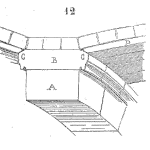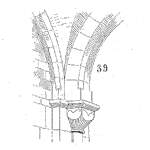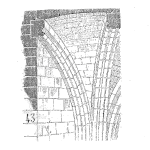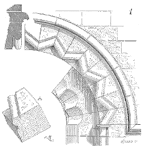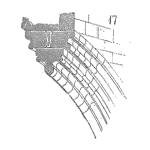
The last post in this series dealt with management in design and the influence that leadership in design and product development has on the product reliability process. This post will turn to quality and reliability (Q & R) engineers, again looking at the role of that position in relation to product reliability. The next post in this series will take a look at the role of quality and reliability managers. [Read more…]




